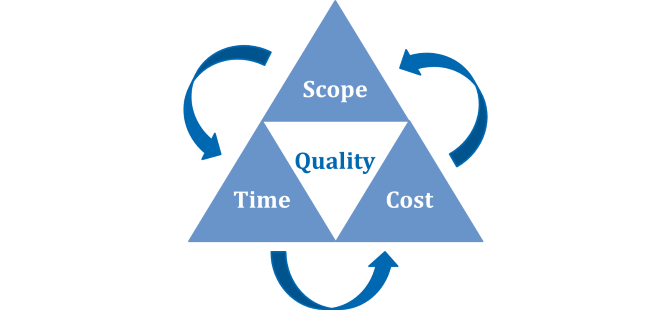Project Management: Cost Is Not the Only Success Factor
The first paragraph of any project management introduction defines the project’s success with the balance of scope, time and cost. In an ideal world that is the case, but we all know that the balance is skewed in favor of the cost in the field. For the past years’ of economic downturn and the price wars make this definition somewhat “an ideal”; to keep things in budget, scope and time are compromised.
Today, we are faced with a situation where the pressure is to stay within the budget. Then the next question is if we can consider a project successful given that budget is not exceeded but customer’s requirements are not met? Today we are living in such a world: the well-thought, carefully planned, produced and rolled out projects are gone. Now we have well-thought, average planned, quickly produced and rolled out projects, fixed later with patches. Some never succeed in meeting expectations, some succeed later in time.
I do not argue that the budget constraint should be disregarded. Instead, I believe that having a strict control on the budget makes people to find more economic outcomes. Often there are more than one way to accomplish a task, and one may be more cost-effective than the other. The pressure on the cost effectiveness may further trigger the overall innovation with the project team. But this pressure should be up to the point where good work is not valued less than lower costs. If the balance is broken, things may turn out to be where the project team is not able to deliver their best results, lose their motivation and finally have an outcome of an inferior quality.
RELATED: How to Deal with a Tumbling Project
What is observed in organizations where the projects are carried out in a financial scrutiny, is without any exception, is less than mediocre project outcomes. Looking deeper, it is almost always the case that project management best practices or company’s project management methodologies are left behind under the financial pressures.
There is reason for the pressure: financial data is easier to follow and scrutinize. At least, it is easy to track the invoices or watch a spreadsheet. But when it comes to watching the changed/evolved requirements throughout the course of the project and the best practices/methodologies things are different. Following a best practice does not have an immediate price tag on it. Speaking strictly in math terms, controlling costs in the short run means controlled costs in the long run. However, the true effects of the best practices approach can only be seen in the long run. And they are not so easily quantifiable as the former, short-run case.
RELATED: CIO Perspective: Be Careful With These Traps
On the other hand, there are times where focusing only on one constraint is what should be done. Consider the case where you have developed a gaming console and want it on the shelves before the holiday season. This is when you will focus on the deadline more and leave the other two factors behind: if you can fill the shelves on time with a working console, you can iron out the software related glitches later. Perhaps, you may even consider losing even more money with an expectation of more financial gains in the coming months. In this particular case, the competitive advantage that will be gained by emphasizing the time factor more outweighs all the benefits that is lost by emphasizing the cost and the scope less.
RELATED: CIO Perspective: Tips to Rethink Your Disaster Recovery Plan
The problem is where the senior management creates a culture where only one part of the project management – cost – is focused and the others disregarded. Such a culture will result in demotivated project teams, delivering results just for the sake of delivering them, with no thought on purpose and quality. At the bottom line the money is spent to achieve a goal. If the goal is compromised, there is no point in spending less money.
The question is: how do you make the senior management support and follow this perspective?




